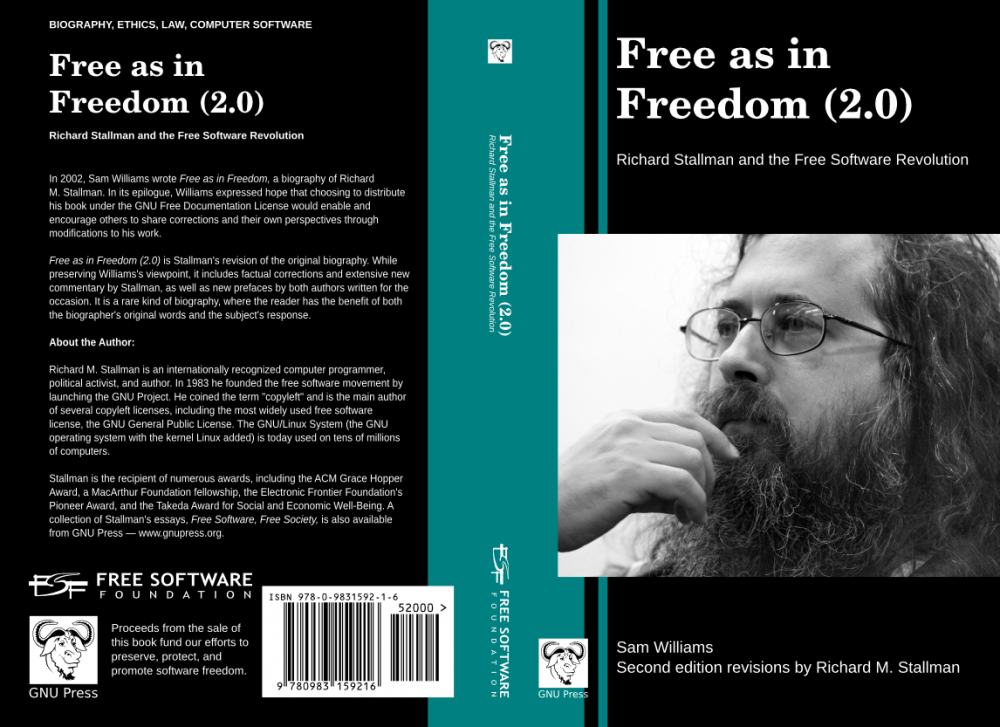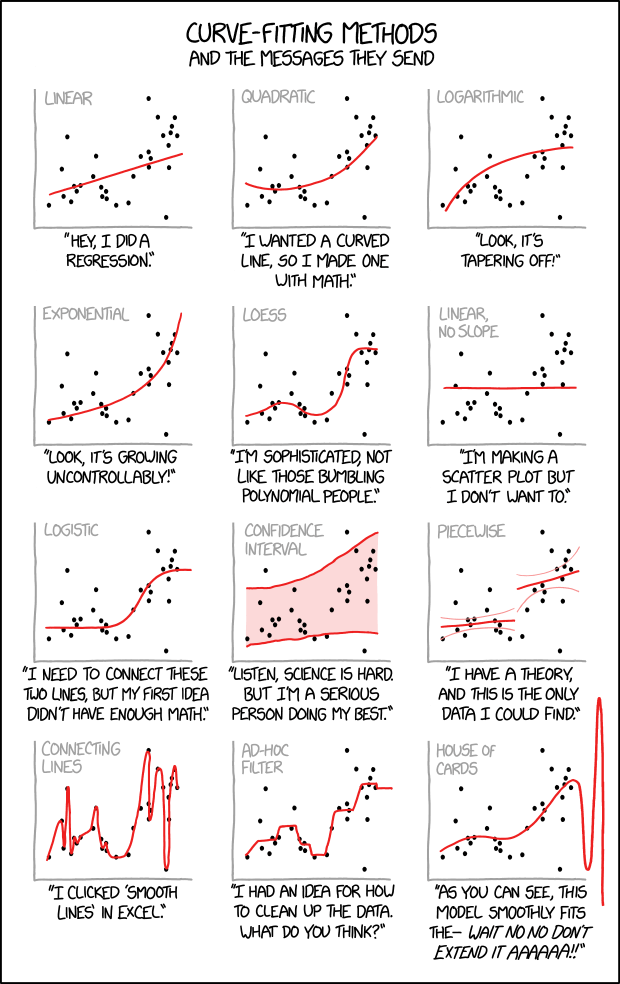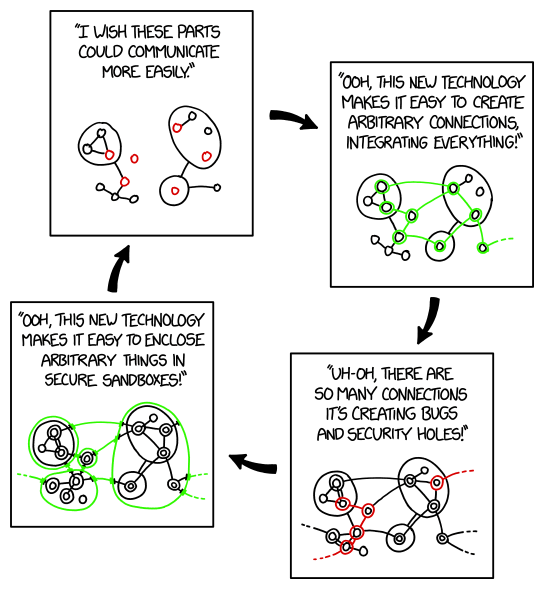No início da minha carreira ministerial, um dos pastores que me foram apontados como exemplo era o Rev. Antônio Carlos Costa, pastor da Igreja Presbiteriana da Barra da Tijuca e fundador da ONG Rio de Paz. Ele foi um referencial de como seria possível ser evangélico e ter um profundo engajamento social na tentativa de transformar o Brasil em um país mais seguro e melhor. E, indiscutivelmente, Antônio Costa tem obras que o credenciam nesse sentido. Protestou contra as condições de presídios fluminenses, contra assassinatos não resolvidos e ajudou a atrair a imprensa estrangeira para a violência no Rio de Janeiro, entre outros. De fato, eu cheguei a admirá-lo e eu mesmo o apontei como exemplo a outros colegas. Mas, algo mudou.
O discurso de Antônio Costa foi tornando-se cada vez mais próximo do marxismo. Suas críticas vêm sendo cada vez mais desbalanceadas, com um tom muito mais forte com a direita do que com a esquerda. Um dos sinais disso é ver que, para Costa, o apoio de vários grupos evangélicos a Bolsonaro foi pior para a democracia do que a tentativa de assassinato do candidato, a faca, em Juiz de Fora. Nas próprias palavras dele: “Vou morrer afirmando: o apoio ACRÍTICO, EFUSIVO, INSTITUCIONAL, da igreja a Jair Bolsonaro foi página mais triste da história do protestantismo brasileiro.”
A página mais triste? Creio que eventos muito mais escandalosos, como o adultério de líderes evangélicos de projeção nacional, a oração da propina feita por parlamentares evangélicos e até o pastor dizendo na TV que a Bíblia mandou que ele adulterasse com a mulher de um amigo dele foram páginas mais tristes!
Mas há mais. Para Costa, a postura evangélica nas eleições de 2018 mostraram a necessidade de uma nova Reforma. Veja bem: concordo que há necessidade. Os púlpitos estão tomados de psicólogos baratos. Pastores e presbíteros não confrontam o pecado e nem usam a disciplina eclesiástica porque usam um conceito barato de graça. Temos evangélicos que não sabem o que é Trindade e a maioria nunca leu a Bíblia toda. Mas nada disso é tão grave quanto Jair Bolsonaro. Costa chegou inclusive a gravar um vídeo sobre o assunto. E entendo que é necessário responder às acusações feitas por ele.
Apoio acrítico, incondicional e institucional
Costa aponta cinco pecados “gravíssimos” da Igreja brasileira. O primeiro seria o apoio “acrítico, incondicional e institucional” a Jair Bolsonaro. Que tal começarmos com a própria denominação do pastor: a Igreja Presbiteriana do Brasil (IPB). Em nota, o presidente do Supremo Concílio, Rev. Roberto Brasileiro, afirmou: “Entendemos que os membros de nossas igrejas e seus oficiais e ministros têm liberdade de escolha nas eleições e a Igreja, de maneira alguma indicará em quem se deve ou não se deve votar.” Onde há apoio, de qualquer tipo, da instituição a um candidato?
O mesmo pode ser dito da Convenção Batista do Estado de São Paulo (CBESP), que diz muito claramente que: “acreditamos que cada pessoa tem o direito de exercer sua escolha e voto conforme a sua consciência”. O mesmo fez a Igreja Metodista: “deixamos claro que a Igreja Metodista não apoia nenhum candidato ou candidata de maneira específica.” Tampouco vi qualquer palavra institucional de outras denominações protestantes históricas de apoio à candidatura de quem quer que seja.
Não nego que tenham existido pastores, igrejas locais e até denominações que possam ter dado um apoio institucional à campanha de Jair Bolsonaro. Tal fato, porém, não caracteriza todo o protestantismo brasileiro, e nem seria novo, já que há muito tempo denominações pentecostais e neopentecostais declaram apoio a algum candidato. Mesmo quando pastores, usando seu direito de cidadãos, declararam tal apoio, não conheço um que não tenha deixado claro que apoio não significa endosso total do posicionamento do candidato. Ao contrário, cheguei a ver pastores que declararam voto em Bolsonaro, mas deixando bem claro suas críticas. Um exemplo é o Pr. Yago Martins: “Eu não gosto nada do BOLSONARO. Mas é ele ou o que há de pior, de mais vilanesco, de mais imoral, de mais corrupto, de mais anti-cristão de TODA política nacional. Achar que tanto faz, que BOLSONARO é pior que PT, é estar sujeito a uma mentalidade de trevas.”
Antônio Costa mente. Sua primeira acusação é que é pecaminosa, por querer imputar uma culpa que não existe. Os evangélicos votaram individualmente, seguindo a sua consciência, em Bolsonaro. Costa deveria expor os pecados do petismo para entender porquê.
Ataques aos cristãos nas redes sociais
Costa afirma considerar inadmissíveis os “ataques dos cristãos nas redes sociais”. Nenhuma doutrina central do cristianismo estaria em jogo para justificar os ataques que ele presenciou em redes sociais. Sobre isso, concordo que houve, há e haverá muitos pecados de língua cometidos por cristãos em debates na Internet. Tais pecados devem ser combatidos, lamentados e até disciplinados. Solidarizo-me com ele quanto a isso. Mas, infelizmente, ainda há parcialidade na acusação do pastor.
Costa se queixa de que cristãos antipetistas não teriam preservado a honra de pessoas por quem Cristo morreu quando falaram de modo agressivo na Internet. Porém, eu me pergunto se ele teve o mesmo cuidado:
“Usaram em vão o nome de Deus nessa eleição. Associaram o evangelho à espécie de mundo que botou Cristo num pau de arara chamado cruz. Quem permanecer calado perante esse crime de lesa-cristianismo terá dificuldade de dizer que o evangelho é o valor supremo da sua vida.” (Desde quando votar em Bolsonaro é um endosso à tortura? Que pesada acusação é essa?)
“Difícil de entender, em nome da moral evangélica evangélicos permitiram nessas eleições que o evangelho fosse pisoteado. Associaram-no ao discurso -anti-processo civilizatório-, e milhões se silenciaram por não quererem prejudicar seus interesses políticos.” (Você disse mesmo que milhões de evangélicos pisotearam o Evangelho, favorecem o anti-civilismo, por causa de interesses políticos?)
“Um santo estragado, um fariseu, um inquisidor ou um mágico propiciam mais diversão no inferno do que um simples tirano ou libertino”. C.S. Lewis” (Citou C S Lewis pra acusar quem pensa diferente de ser um santo estragado, fariseu, inquisidor e mágico? Que leve acusação contra irmãos em Cristo!)
Quem é Antônio Costa para emitir julgamentos tão pesados sobre a salvação e a moral de milhões que, democraticamente, não votaram como ele? Como ele pode posar de santo ofendido com o nível das críticas se ele faz generalizações tão gritantes em seu Twitter? Um tom polido e erudito tiram a ofensa dessas declarações?
E pergunto mais: não houve ofensas do outro lado? Basta uma visita a página “Ódio do Bem” (presente em várias outras redes sociais) para ver como petistas lançaram acusações pesadíssimas contra quem pensa e vota diferente. Eu mesmo desfiz amizades com cristãos que afirmaram serem fascistas os que votam em Bolsonaro. Por que Costa só aponta o pecado dos antipetistas? Por que ele não condena os excessos verbais, os xingamentos, a condenação de fariseus lançada por vários eleitores de Fernando Haddad? Talvez porque ele tenha feito o mesmo em seus tuites, como mostrei acima.
Desrespeito à diversidade de opinião
O terceiro pecado gravíssimo seria o desrespeito à diversidade de opinião na igreja, a ponto de “deixar o ar irrespirável” para quem não apoiava Bolsonaro. Segundo ele, esse ar irrespirável vem do apoio institucional, sobre o qual já demonstramos acima que não é verdadeiro. Logo, o fundamento colocado pelo próprio Costa é inválido.
Mas aqui ainda quero acrescentar algumas ponderações. O grande problema dos evangélicos não foi com eleitores de Amoedo, Marina Silva ou Geraldo Alckmin. O problema foi o PT e sua agenda moral e econômica, onde se viu um risco real à liberdade religiosa e à segurança econômica. Não é um temor infundado: basta ver o que acontece com países que seguem o socialismo, como Cuba, Venezuela e Coreia do Norte. Se foi formada uma maioria, isso não é, per se, algo ruim. Talvez a maioria exista por ser um desdobramento natural da própria fé evangélica.
O documento que melhor mostra é isso é a Carta Aberta à Igreja Brasileira, assinada por vários pastores protestantes de renome. A carta não apóia Bolsonaro, mas recomenda “Rejeite candidatos com ênfases intervencionistas na esfera familiar, educacional, eclesiástica e artística”. Outra recomendação é “Apoie propostas que defendam a dignidade do ser humano e a vida em qualquer circunstância, desde sua concepção no ventre materno”. Sobre esses assuntos deveria haver unidade dentro do meio evangélico. Querer liberdade para, por exemplo, não considerar o embrião no ventre materno como tendo direito à vida, seria totalmente indesejável! Ou apoiar interferências do Estado na vida eclesiástica!
A maioria é desejável. Mas, se há discordância, a Carta Aberta aconselha: “ao indicar um candidato para amigos e familiares, faça-o com respeito às opiniões diferentes da sua”. Onde há o tal desrespeito à diversidade de opiniões? Ele pode até ter ocorrido individualmente e até em algumas igrejas ou denominações pentecostais e neopentecostais. Mas não ocorreu, de modo institucional, dentro do protestantismo como um todo.
Faltou preocupação com os não cristãos
Para Costa, o apoio evangélico a Bolsonaro prejudicou a credibilidade da Igreja na evangelização. Segundo ele, os brasileiros, ao verem o comportamento evangélico nas eleições, não desejarão ouvir a pregação. Milhões estariam escandalizados.
Há várias maneiras de responder. Jesus escandalizou várias pessoas em seu ministério (Mateus 13:57, Marcos 6:3, etc). O derramar do Espírito Santo no dia de Pentecostes gerou perplexidade e zombaria (Atos 2:1-13). A carreira do apóstolo Paulo foi marcada por vários tumultos causados por pessoas que se escandalizavam com o Evangelho (Atos 13:45, 16:19-23, 19:23-41, etc). O Evangelho causa escândalos, anormal é quando ele não escandaliza a ninguém. Costa mesmo dá um exemplo disso: o vídeo onde várias pessoas de esquerda marcham ameaçando a Igreja, dizendo “Igreja fascista, tu tá na nossa lista”. O “fascismo” da Igreja não é por causa do voto em Bolsonaro: é porque a Igreja condena o homossexualismo, a imoralidade sexual e o comunismo, em respeito aos ensinos do próprio Evangelho.
Mas, a julgar pelo resultado das votações, a maior parte dos brasileiros não concorda com Costa. Afinal, a maioria votou Bolsonaro. Além disso, de modo conveniente, Costa se esquece do escândalo que foi causado pelos pastores que demonstraram apoio a Fernando Haddad, o candidato do PT. Ou do escândalo causado pela própria presença de Haddad em uma missa. Por que o escândalo apenas de um lado?
Na verdade, não havia uma saída para a Igreja nessas eleições que não pudesse escandalizar não cristãos. Até o silêncio seria condenável. Como pode a Igreja ficar calada no meio de tantas acusações de corrupção, da ameaça de uma ditadura bolivariana, do candidato que recebia ordens de um presidiário?
Não cristãos seriam escandalizados de qualquer maneira. A questão é assumir um posicionamento que traga o escândalo correto. Costa erra ao imaginar que havia alguma possibilidade que não escandalizasse a ninguém.
Não preocupação com a pureza do Evangelho
Por fim, o último pecado gravíssimo seria a falta de preocupação com a pureza do Evangelho pelo fato de Bolsonaro usar como slogan “Brasil acima de tudo, Deus acima de todos”. Para Costa, isso foi uma espécie de sacrilégio. Como ele mesmo diz: “Tire o Evangelho disso!”
E é aqui que eu me permito rir um pouco. Normalmente, os fariseus é que se preocupam com formalismos e ritualismos enquanto se esquecem da substância das coisas. Os fariseus são os que, por causa de uma única regra, se esquecem de todo o resto e condenam pecadores. E Costa vê mais problemas em colocar Deus no slogan de uma campanha do que em outras campanhas que desejam promover uma agenda frontalmente contrária à lei de Deus: minando a família, o casamento, promovendo o aborto, sendo benigna com os criminosos, indultando corruptos, interferindo cada vez mais no dia-a-dia das igrejas. Sério mesmo, Costa?
A grande luta dos protestantes reformados (calvinistas) é exatamente a de proclamar com Abraham Kuyper que Jesus é soberano sobre cada centímetro quadrado da vida! O grande anseio de qualquer pastor cristão é que sua congregação entenda que tudo é de Deus e deve ser feito para a glória d’Ele! Até o Estado e suas autoridades:
” Portanto, quer comais, quer bebais ou façais outra coisa qualquer, fazei tudo para a glória de Deus.” (1 Coríntios 10:31)
“Porque dele, e por meio dele, e para ele são todas as coisas. A ele, pois, a glória eternamente. Amém!” (Romanos 11:36)
Todo homem esteja sujeito às autoridades superiores; porque não há autoridade que não proceda de Deus; e as autoridades que existem foram por ele instituídas. De modo que aquele que se opõe à autoridade resiste à ordenação de Deus; e os que resistem trarão sobre si mesmos condenação. (Romanos 13:1-2)
E é sobre Romanos 13 que eu quero chamar a atenção. Paulo estava ensinando ali que a Igreja deveria reconhecer a instituição divina da autoridade dos Césares, dos imperadores romanos, e de todas as demais autoridades romanas. Foi Roma quem crucificou a Cristo. Os judeus recorriam aos romanos para pedir a morte de Paulo. Roma não era uma sociedade sem injustiças, torturas e corrupção. Se seguir a lógica de Costa, Paulo manchou o Evangelho ao colocar a submissão aos imperadores romanos como uma ordem à Igreja! E Pedro cometeu o mesmo erro:
Sujeitai-vos a toda instituição humana por causa do Senhor, quer seja ao rei, como soberano, quer às autoridades, como enviadas por ele, tanto para castigo dos malfeitores como para louvor dos que praticam o bem. (…) Tratai todos com honra, amai os irmãos, temei a Deus, honrai o rei. (1 Pedro 2:13, 14, 17)
Eu entendi o que Costa quis dizer: Bolsonaro não tem um programa evangélico o suficiente para poder dizer “Deus acima de todos”. Mas ele nunca se propôs a isso. Bolsonaro nunca disse que ele era ungido de Deus para governar em nome dele (embora a autoridade do Presidente venha de Deus). O que o slogan dele mostra é que ele, Jair Bolsonaro, reconhece que Deus existe, que Ele está acima de tudo, e que Bolsonaro vai governar tendo isso em vista. E nada disso desonra o Evangelho ou o Novo Testamento. Na verdade, apenas constata uma verdade bíblica.
O slogan não difere do significado da Coroa britânica. No topo da coroa usada pelos reis ingleses, há uma cruz. O significado é o de que o imperador britânico não deve obediência a ninguém, a não ser a Deus. É essa coroa um objeto de blasfêmia ou um objeto de louvor a Deus? Ao meu ver, tanto a coroa como a frase possuem o seu lado positivo. Em um mundo secularizado, é louvável quando governantes ainda reconhecem que Deus existe e é superior. Calar-se e fingir que Deus não existe é ainda pior, é o sinal de um governante que vai agir como deus de si mesmo e que sequer reconhece a autoridade divina para julgar suas ações.
 Bolsonaro pode estar apenas manipulando a fé? Pode, não conheço o coração dele. Mas aí, Deus é quem o julgará por isso. E a solução, Antônio Costa, não é “tirar o Evangelho disso”. A solução é por mais Evangelho nisso! Esse reconhecimento inicial, incipiente, vindo ainda de uma visão católico-romana e neopentecostal é um começo muito tímido, mas louvável em uma sociedade anticristã. É preciso mais Evangelho para que o reino de Cristo na esfera civil se torne ainda mais e mais visível.
Bolsonaro pode estar apenas manipulando a fé? Pode, não conheço o coração dele. Mas aí, Deus é quem o julgará por isso. E a solução, Antônio Costa, não é “tirar o Evangelho disso”. A solução é por mais Evangelho nisso! Esse reconhecimento inicial, incipiente, vindo ainda de uma visão católico-romana e neopentecostal é um começo muito tímido, mas louvável em uma sociedade anticristã. É preciso mais Evangelho para que o reino de Cristo na esfera civil se torne ainda mais e mais visível.
Uma nova Reforma
Encerro dizendo que sim, a Igreja brasileira precisa de uma nova Reforma, mas não pelos motivos apresentados. Falta colocar Cristo e a Bíblia no centro das pregações, da vida cristã e da atuação dos cristãos em todas as áreas da vida. Falta usar a Bíblia como centro e ponto de partida para as reflexões sobre política, economia e direito. Falta mais Sola Scriptura.
Agora, Reforma também é purificação. É colocar a Bíblia como Rainha e a psicologia, a sociologia, o direito, a economia, a filosofia e a política como servas. É remover do ensino bíblico e teológico qualquer impureza trazida por visões de mundo anticristãs, como a marxista. É denunciar e destruir os ídolos do materialismo, da dialética hegeliana, do desejo de conformar-se ao que ensina uma Academia secularizada e relativista. Reforma é acreditar mais no que a Bíblia ensina sobre combate à pobreza e à violência do que naquilo que marxistas ensinam.
Sonho com uma Reforma de vida também, onde pastores não se coloquem tão precipitadamente como profetas, acusando injustamente homens que, como o próprio Antônio Costa admite, são melhores do que ele. Sonho com uma Reforma onde pastores que afirmam que o Espírito Santo sairá do nosso meio sejam cobrados pelo que dizem e, se não se cumprir, que sejam excluídos como falsos profetas. Sonho com uma Reforma na igreja brasileira onde pastores que mentem, exageram e são parciais em seu juízo sejam chamados ao arrependimento e se retratem.
Antônio, eis aí o meu apelo a você. Ponha mais Evangelho nisso! Antes que você siga pela estrada que Rubem Alves e Caio Fábio já trilharam em nossa amada Igreja Presbiteriana do Brasil (IPB).
Graça e paz do Senhor,
Helder Nozima
Barro nas mãos do Oleiro




















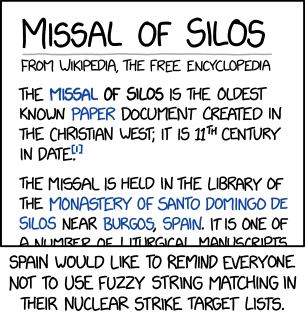
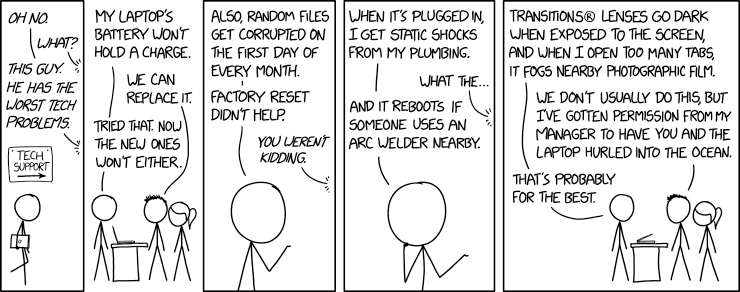


 Bolsonaro pode estar apenas manipulando a fé? Pode, não conheço o coração dele. Mas aí, Deus é quem o julgará por isso. E a solução, Antônio Costa, não é “tirar o Evangelho disso”. A solução é por mais Evangelho nisso! Esse reconhecimento inicial, incipiente, vindo ainda de uma visão católico-romana e neopentecostal é um começo muito tímido, mas louvável em uma sociedade anticristã. É preciso mais Evangelho para que o reino de Cristo na esfera civil se torne ainda mais e mais visível.
Bolsonaro pode estar apenas manipulando a fé? Pode, não conheço o coração dele. Mas aí, Deus é quem o julgará por isso. E a solução, Antônio Costa, não é “tirar o Evangelho disso”. A solução é por mais Evangelho nisso! Esse reconhecimento inicial, incipiente, vindo ainda de uma visão católico-romana e neopentecostal é um começo muito tímido, mas louvável em uma sociedade anticristã. É preciso mais Evangelho para que o reino de Cristo na esfera civil se torne ainda mais e mais visível.